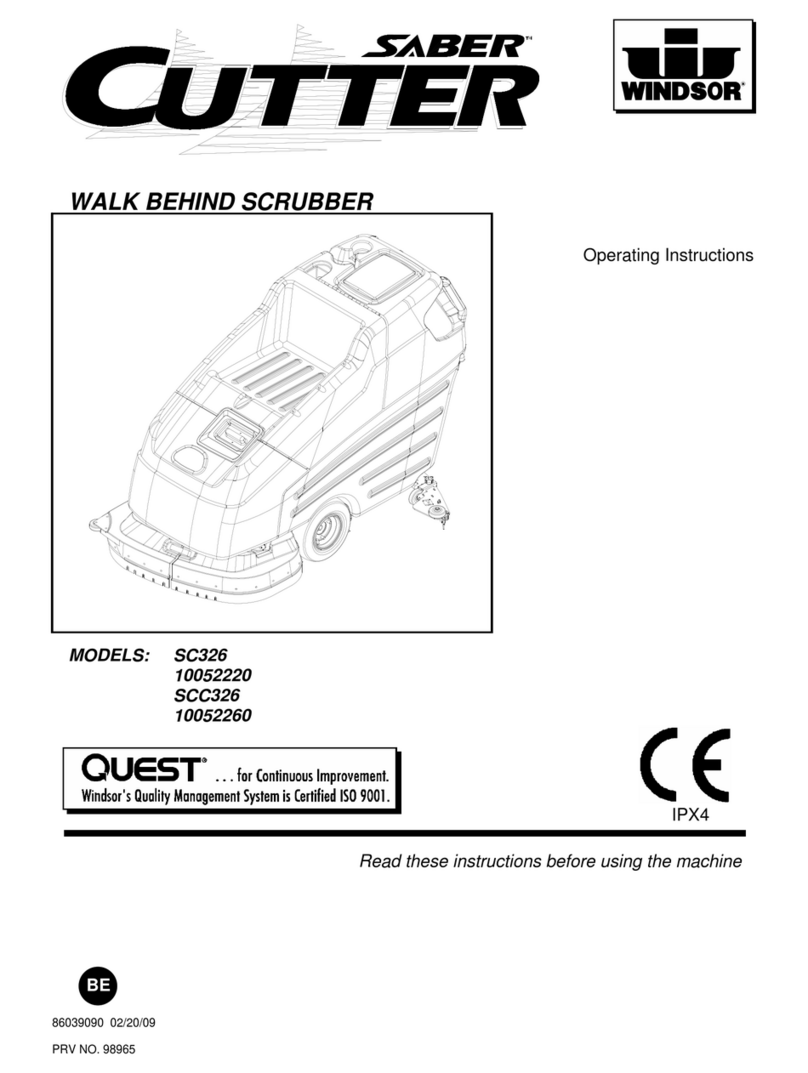IQBADX SECTION 28c
IQBADXOPS 050804 www.snellwilcox.com Version 1 Issue 5 28c.8
Connection Details IQBADX-D
25 Way D Connector
Pin Number Description
Ribbon Cable
Strand Number Standard Pin Assignment
1 Chassis 1 CHASSIS
14 ANALOG OUT 1 GND 2 GND1
2 ANALOG OUT 1 + (Left) 3 1+
15 ANALOG OUT 1 - ( Left) 4 1-
3 ANALOG OUT 1 + (Right) 5 2+
16 ANALOG OUT 1 - (Right) 6 2-
4 ANALOG OUT 1 GND 7 GND2
17 ANALOG OUT 2 GND 8 GND3
5 ANALOG OUT 2 + (Left) 9 3+
18 ANALOG OUT 2 - (Left) 10 3-
6 ANALOG OUT 2 + (Right) 11 4+
19 ANALOG OUT 2 - (Right) 12 4-
7 ANALOG OUT 2 GND 13 GND4 (CH)
20 GND 14 GND5
8 AES OUT 1 + 15 5+
21 AES OUT 1 - 16 5-
9 AES OUT 2 + 17 6+
22 AES OUT 2 - 18 6-
10 AES 2 GND 19 GND6
23 AES 3 GND 20 GND7
11 AES OUT 3 + 21 7+
24 AES OUT 3 - 22 7-
12 AES OUT 4 + 23 8+
25 AES OUT 4 - 24 8-
13 AES 4 GND 25 GND8
Connection Details IQBADX-B
1 Chassis 1 CHASSIS
14 ANALOG OUT 1 GND 2 GND1
2 ANALOG OUT 1 + (Left) 3 1+
15 ANALOG OUT 1 - ( Left) 4 1-
3 ANALOG OUT 1 + (Right) 5 2+
16 ANALOG OUT 1 - (Right) 6 2-
4 ANALOG OUT 1 GND 7 GND2
17 ANALOG OUT 2 GND 8 GND3
5 ANALOG OUT 2 + (Left) 9 3+
18 ANALOG OUT 2 - (Left) 10 3-
6 ANALOG OUT 2 + (Right) 11 4+
19 ANALOG OUT 2 - (Right) 12 4-
7 ANALOG OUT 2 GND 13 GND4 (CH)
20 GND 14 GND5
8 Not Used 15 5+
21 Not Used 16 5-
9 Not Used 17 6+
22 Not Used 18 6-
10 GND 19 GND6
23 GND 20 GND7
11 Not Used 21 7+
24 Not Used 22 7-
12 Not Used 23 8+
25 Not Used 24 8-
13 GND 25 GND8
Example of Connection Details to XLR Connectors



























